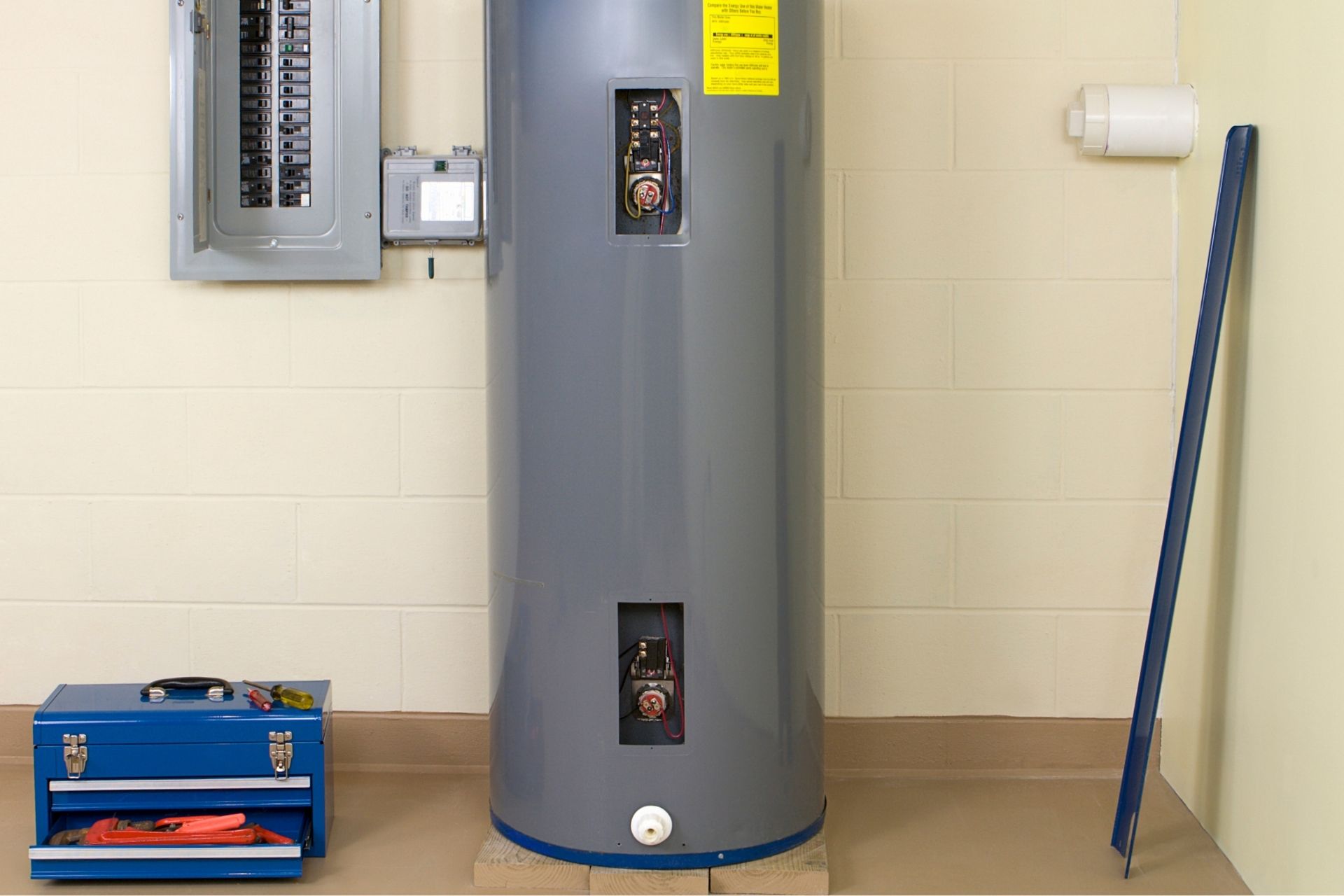This great article following next relating to What Kind of Maintenance Do Water Heaters Need? is highly fascinating. You should take a look.

Warm water is essential for everyday convenience, whether it's for a revitalizing shower or cleaning meals. To guarantee your warm water system runs efficiently and lasts longer, normal upkeep is key. This short article supplies sensible tips and insights on how to preserve your home's warm water system to stay clear of disruptions and pricey repair work.
Intro
Keeping your home's warm water system could appear challenging, however with a few easy steps, you can ensure it operates smoothly for many years to find. This overview covers every little thing from recognizing your warm water system to do it yourself upkeep pointers and recognizing when to call in professional aid.
Relevance of Keeping Your Warm Water System
Routine maintenance not only extends the lifespan of your warm water system yet additionally guarantees it operates efficiently. Overlooking maintenance can lead to reduced effectiveness, higher energy bills, and also early failure of the system.
Indications Your Warm Water System Demands Maintenance
Understanding when your hot water system requires focus can stop major concerns. Watch out for indications such as inconsistent water temperature level, weird sounds from the heater, or rusty water.
Flushing the Hot Water Heater
Purging your water heater removes debris accumulation, enhancing efficiency and extending its life.
Checking and Changing Anode Rods
Anode rods prevent deterioration inside the storage tank. Examining and changing them when worn out is critical.
Complicated Issues Calling For Expert Help
Instances include major leaks, electric problems, or if your hot water heater is regularly underperforming.
Routine Expert Maintenance Perks
Expert maintenance can consist of extensive inspections, tune-ups, and making certain compliance with security criteria.
Checking and Changing Temperature Setups
Readjusting the temperature settings makes certain ideal efficiency and security.
Do It Yourself Tips for Maintenance
You can do several maintenance jobs yourself to keep your warm water system in top problem.
Checking for Leaks
Regularly inspect pipes and links for leaks, as these can cause water damages and higher expenses.
Recognizing Your Hot Water System
Prior to diving into maintenance jobs, it's useful to recognize the basic elements of your hot water system. Normally, this includes the water heater itself, pipes, anode poles, and temperature level controls.
Monthly Upkeep Tasks
Regular regular monthly checks can aid capture minor issues prior to they rise.
Testing Pressure Alleviation Valves
Testing the pressure relief valve guarantees it operates correctly and avoids extreme pressure buildup.
Protecting Pipelines
Shielding hot water pipelines minimizes warm loss and can conserve energy.
When to Call a Specialist
While do it yourself upkeep is advantageous, some problems need specialist knowledge.
Final thought
Routine upkeep of your home's hot water system is essential for performance, long life, and expense savings. By adhering to these ideas and recognizing when to look for specialist assistance, you can ensure a reputable supply of hot water without unexpected disruptions.
How to Maintain an Instant Hot Water Heater
Before tinkering with your hot water heater, make sure that it’s not powered on. You also have to turn off the main circuit breaker and shut off the main gas line to prevent accidents. Also turn off the water valves connected to your unit to prevent water from flowing into and out of the appliance. 2. When you’re done, you have to detach the purge valves’ caps. These look like the letter “T” and are situated on either side of the water valves. Doing so will release any pressure that has accumulated inside the valves while at the same time avoid hot water from shooting out and burning your skin. 3. When the purge valves’ caps are removed, you have to connect your hosing lines to the valves. Your unit should have come with three hoses but if it didn’t, you can purchase these things from any hardware or home repair shops. You can also get them from retail stores that sell water heating systems. Read the user’s manual and follow it to complete this task properly. When the hosing lines are connected, open the purge port’s valves. 4. You should never use harsh chemical cleaners or solutions when cleaning your unit. Make use of white vinegar instead. It should be undiluted and you’ll probably use about 2 gallons. 5. Now flush your water heater. This task should probably take about 40 minutes. We can’t give you specific directions for this because the procedure is carried out depending on the type, model and brand of your heater. With that being said, refer to the user’s manual. 6. When you’re done draining the unit, you have to turn off the purge port valves again. Remove the hosing lines that you earlier installed on each of the water valves. Put the valve caps (purge port) back in their respective places and be very careful so as not to damage the rubber discs that are found inside these caps. 7. Now that everything’s back in place, check your user’s manual again to find out how to reactivate your water heating system. 8. Once it is working, turn one of your hot water faucets on just to let air pass through the heater’s water supply pipes. Leave the tap on until water flows smoothly out of it. https://www.orrplumbing.com/blog/2014/september/how-to-maintain-an-instant-hot-water-heater/

I found that write up on Tips on Maintaining a Water Heater while doing a lookup on the search engines. Be sure to set aside a second to share this blog post if you enjoyed reading it. Many thanks for being here. Revisit us soon.
Click Here